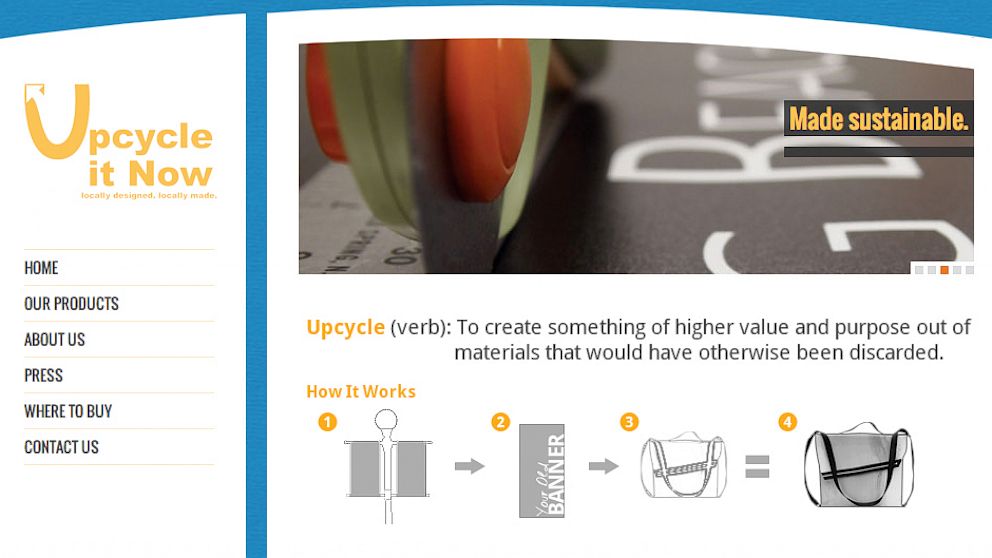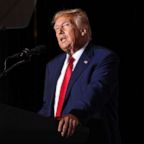Upcycling Turns Trash Into Valuable Products
Upcycling is solution to mounting trash problem, entrepreneurs say.

July 5, 2013 -- Let's say you throw a boomerang and it comes back to you improved -- better looking, stronger, faster, worth more money.
The seemingly magical result is the aim of a very real and rapidly growing movement called upcycling, a variation of recycling. Its philosophy: The stuff you throw away shouldn't just return to the marketplace to be reused, it should come back enhanced.
Upcycling is one of several different ways entrepreneurs and consumers are responding to the problem of trash.
Americans throw out an awful lot of stuff. From home closets alone, they throw away 26 billion pounds of shoes, textiles and apparel every year, according to the U.S. Environmental Protection Agency. The figure is projected to increase 40 percent in the next six years.
Americans in 2011 threw away 1.8 million tons of toasters and other small appliances, the EPA says, plus 3.4 million tons of consumer electronics.
Ne'er More to Click: Inventor of Computer Mouse Dead at 88
Yerdle, an online service started last year in San Francisco by Andy Ruben, former head of sustainability for Walmart, doesn't take trash and improve it. Instead, it matches unwanted goods with people wanting them, so that the toaster or sports jacket that would have landed in a landfill winds up on someone else's back or on their kitchen counter.
"Last night I needed a record player," Ruben told ABC News. "Mine broke."
He found a replacement right away on Yerdle, from somebody in his neighborhood who no longer wanted theirs. "I got it for free," he said.
People using Yerdle don't charge for what they give, nor do they pay for what they get. They participate in hopes that when they need a blender, say, one will magically appear, donated by someone else in the network.
With every passing day, Ruben said, social media make trash-reducing schemes like his more possible. "It's early yet," he said. "In 1996, it was hard to buy anything via e-commerce. Now, you can get anything."
He expects Yerdle to balloon, and soon.
In San Diego, Liz Bordessa and her daughter, Christina Johnson, practice full-on upcycling. Their company, Upcycle It Now, takes dump-destined castoffs from such companies as Patagonia and Disney (parent company of ABC News) and turns them into new, upscale products -- some handsome, some witty, some both.
For Patagonia, it takes worn-out rain-gear and discarded fleece jackets (returned to Patagonia by consumers, under a Patagonia recycling program called Common Threads), then cleans them, cuts them up and recombines the materials to make fleece-lined coats for dogs.
Dog's Worst Friend: July 4th Fireworks
For Disney, it takes discarded Disney fan-club banners, then cuts and sews them into tote bags and wallets.
"Our focus is reducing waste," Johnson of Upcycle It Now says.
She first got interested in repurposing fabric while working in her mother's tailoring and alterations business, Just Alterations.
Later, as a student at U.C. Davis, she took a course on sustainability. The curriculum included the book "Cradle to Cradle" by William McDonough, one of the leading gurus of upcycling. (President Bill Clinton wrote the introduction to McDonough's newer book, "The Upcycle.")
Johnson and Bordessa expect their business to achieve sales this year of $50,000.
"We see a huge potential," Johnson said. "It's still a new concept."




